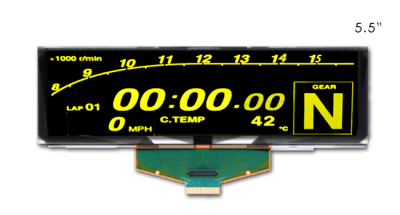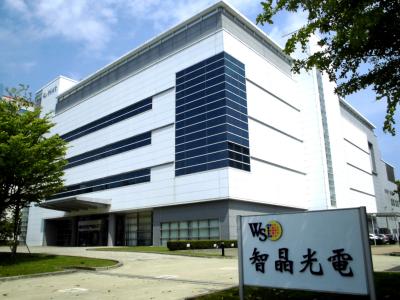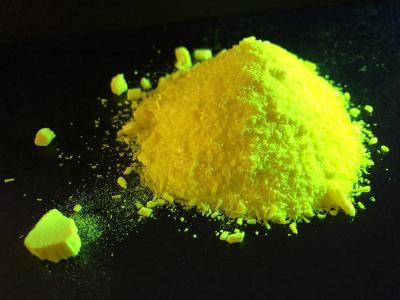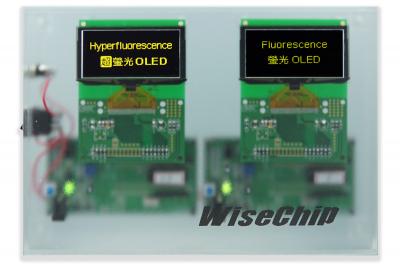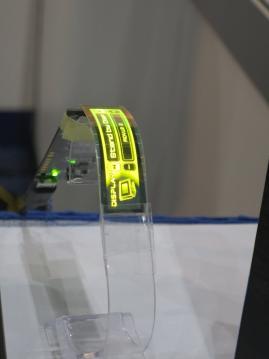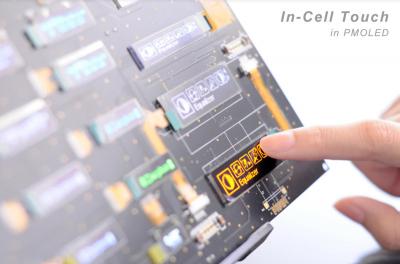Wisechip announces its second TADF/HF PMOLED device
PMOLED display maker Wisechip has launched its second TADF/HF OLED display, a 5.5" 256x64 yellow PMOLED device. The company says that by using Kyulux's Hyperfluoresence™ OLED technology it offers double the brightness compared to its standard OLEDs.
Wisechip is the first and only company to commercialize TADF/HF device. The company's first device was launched in 2020, a 2.7" yellow PMOLED.
